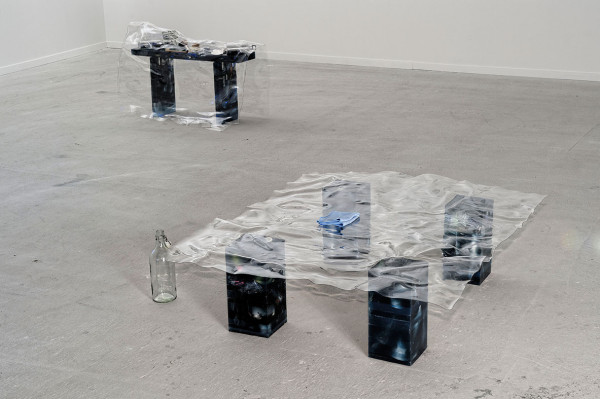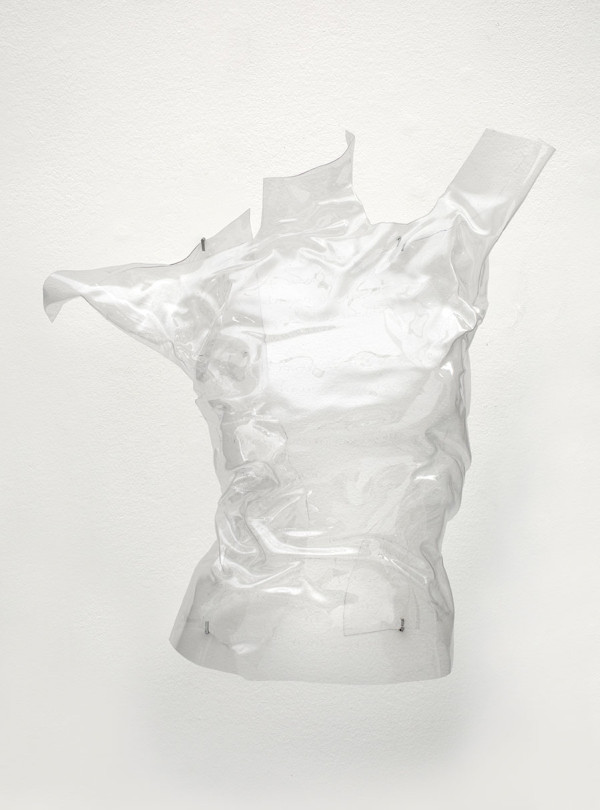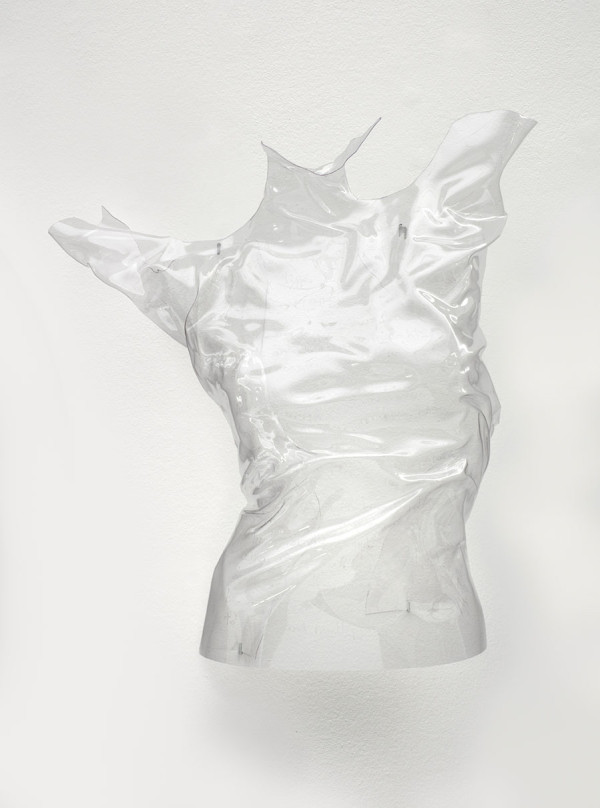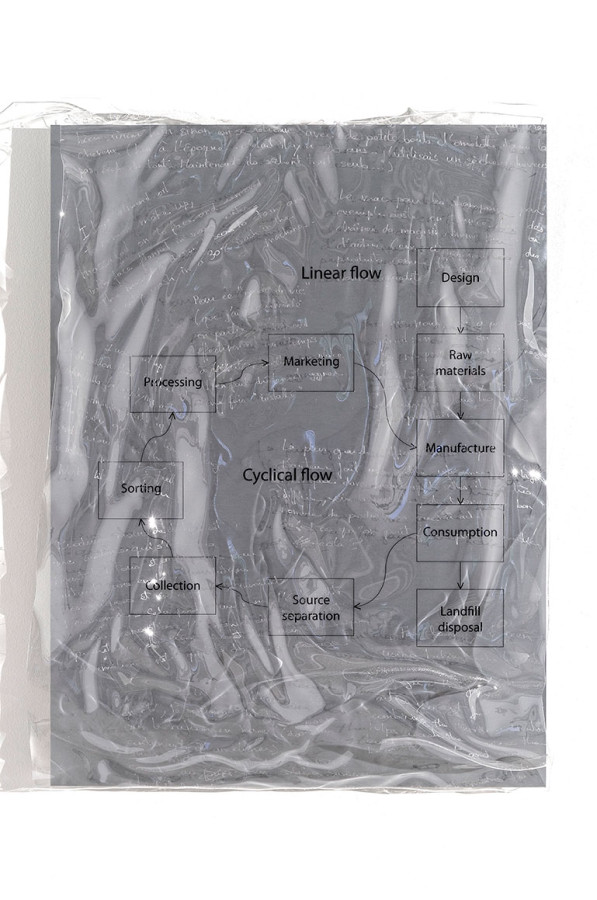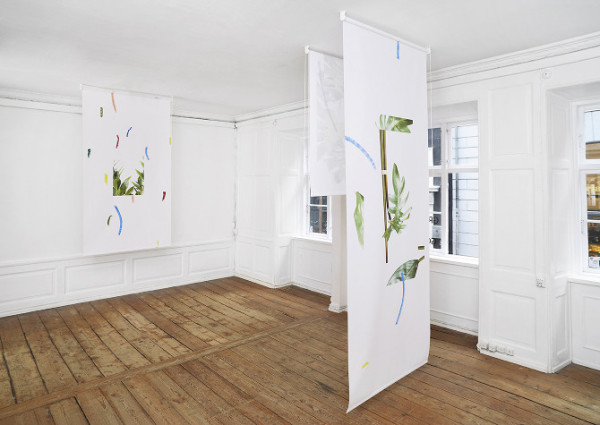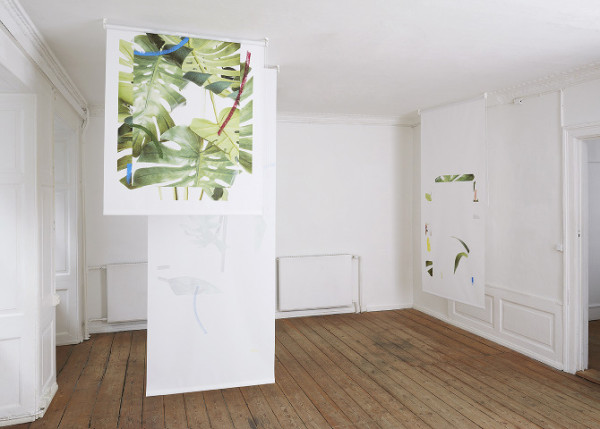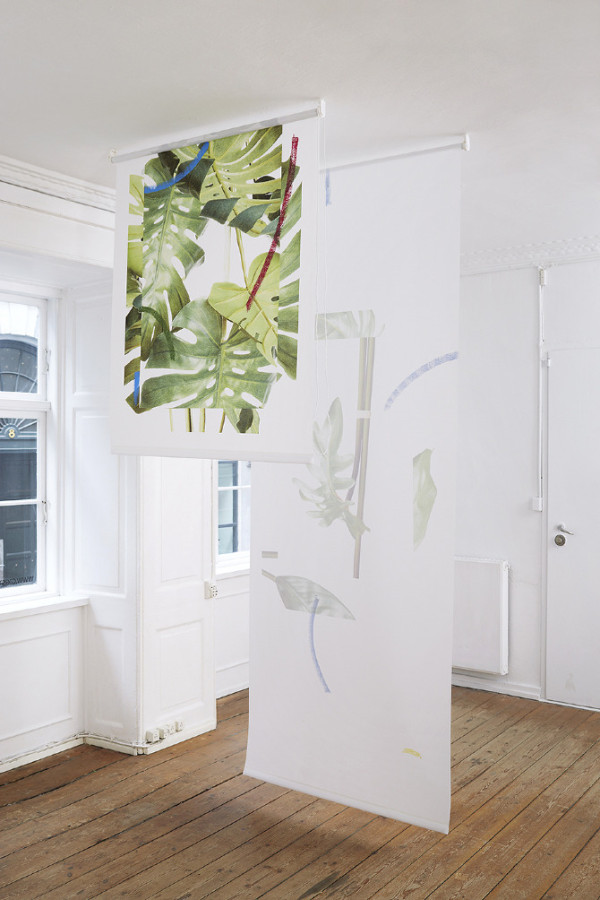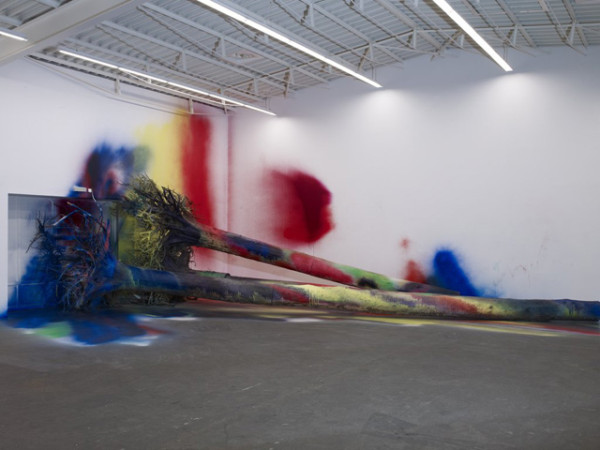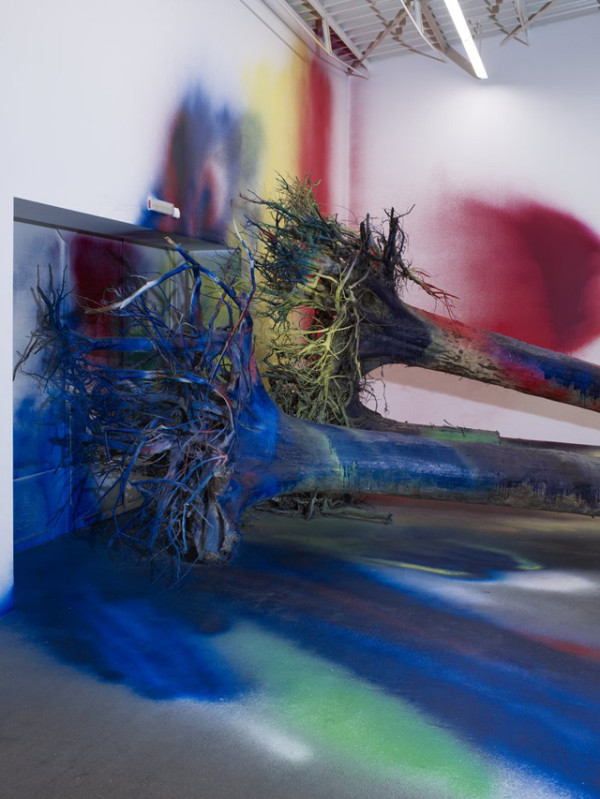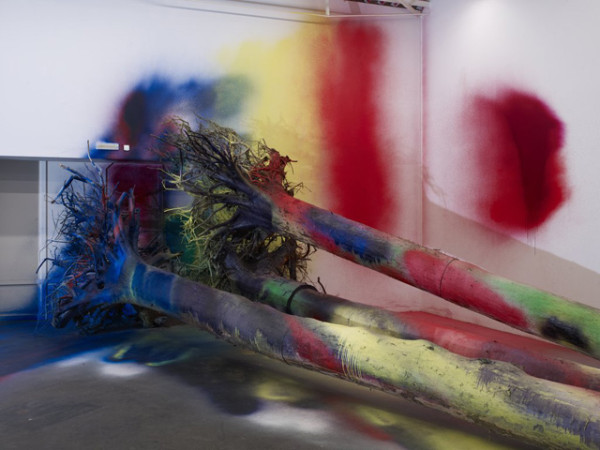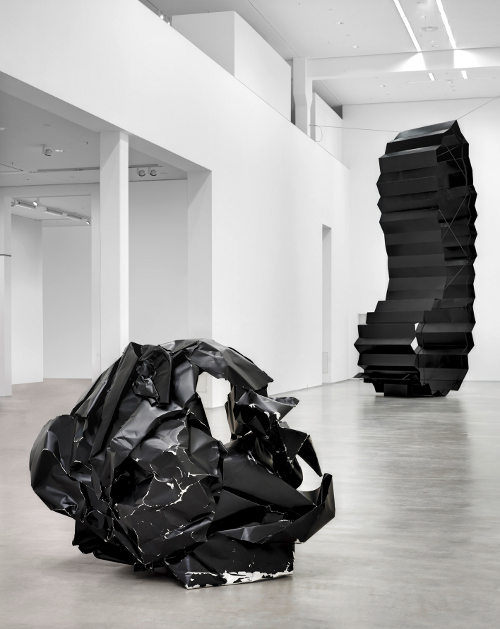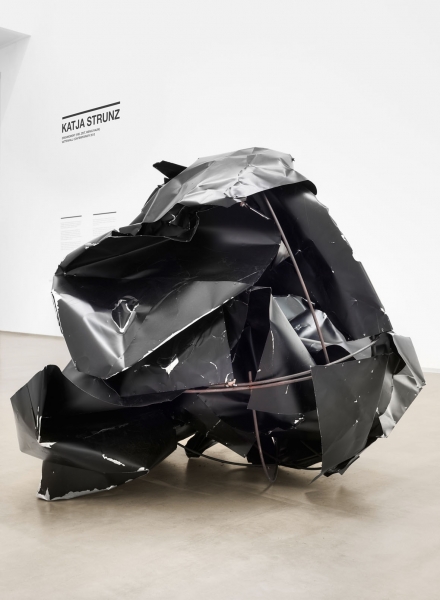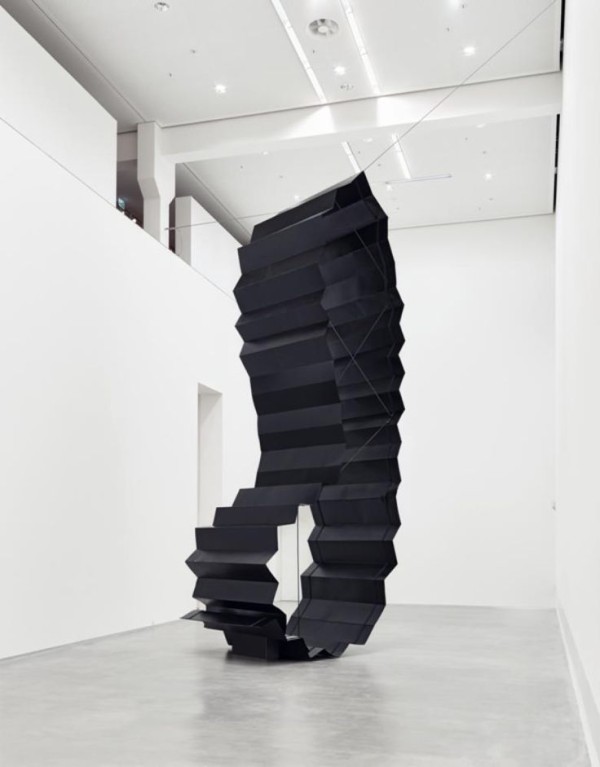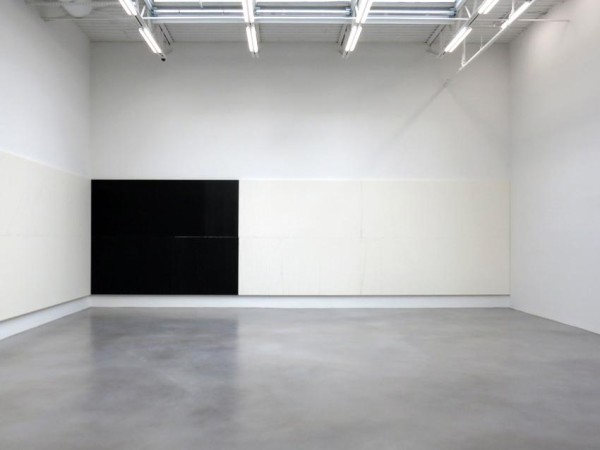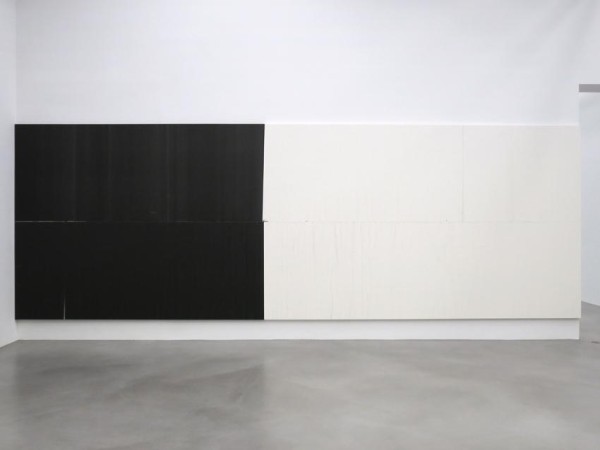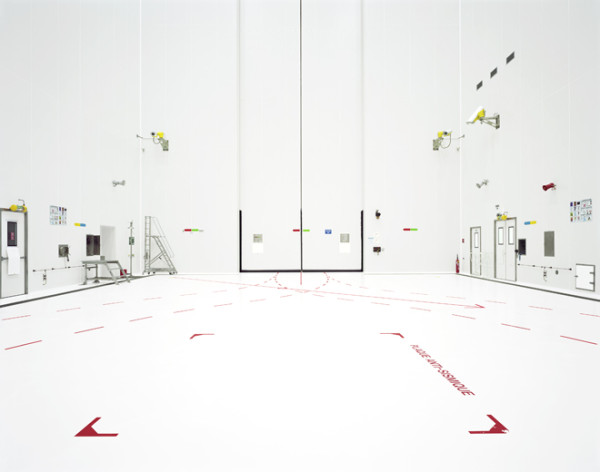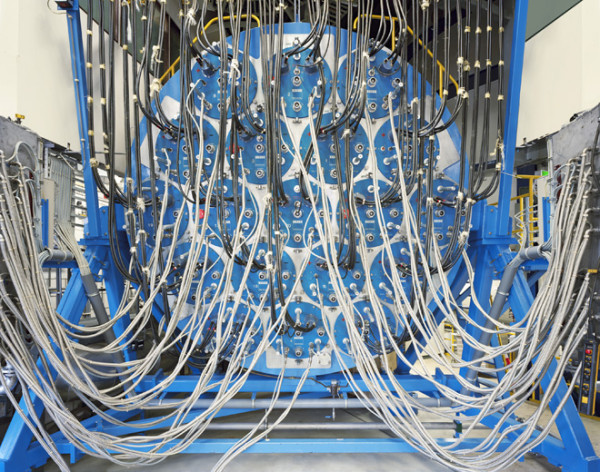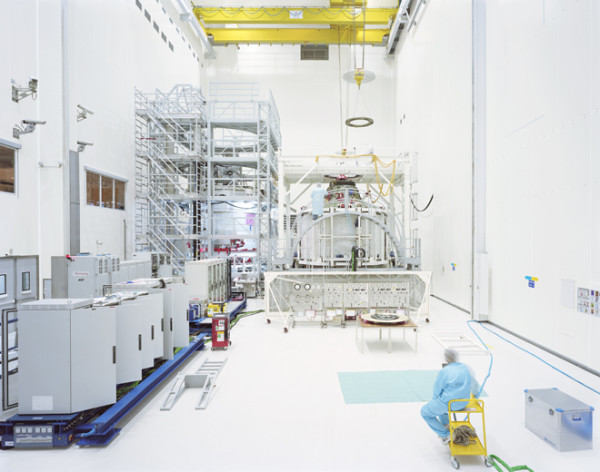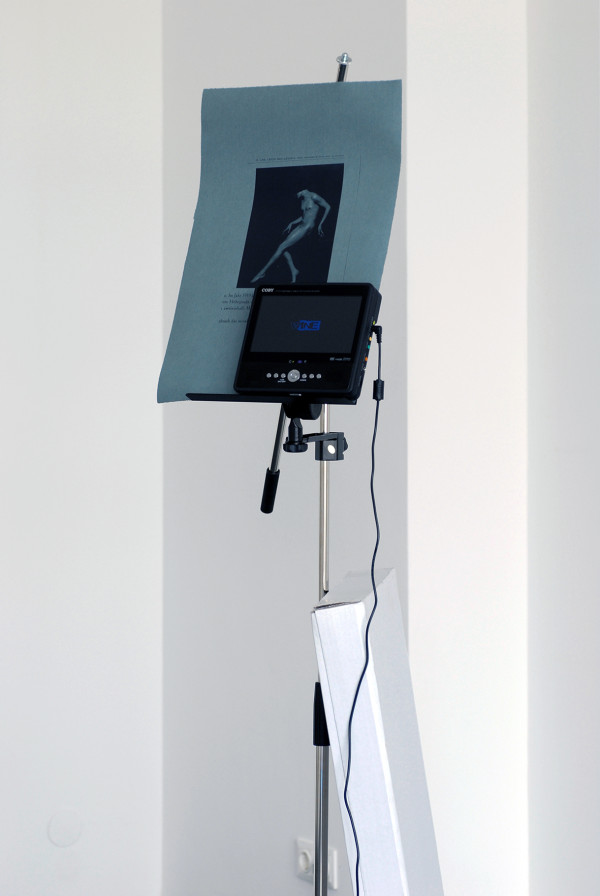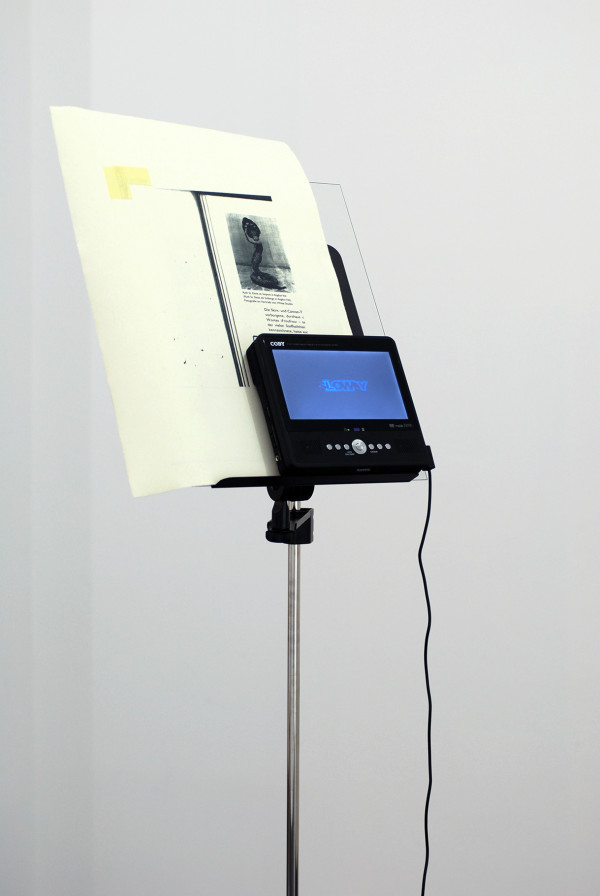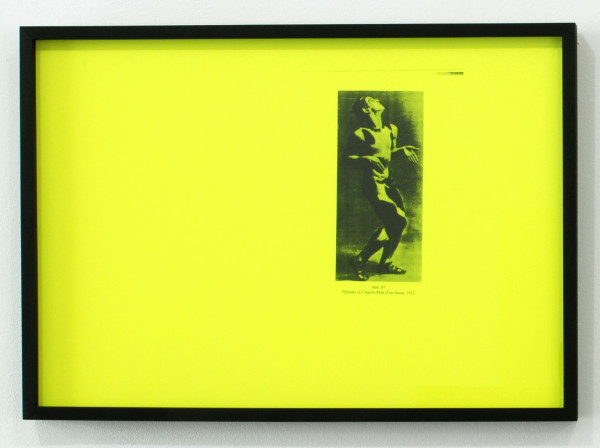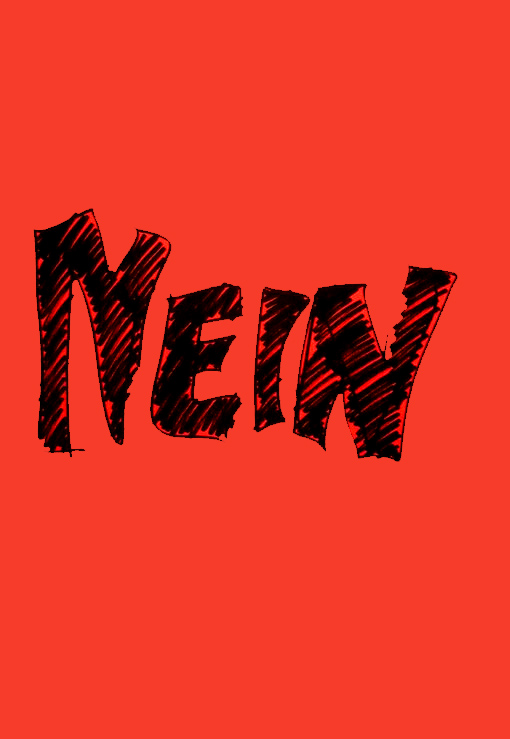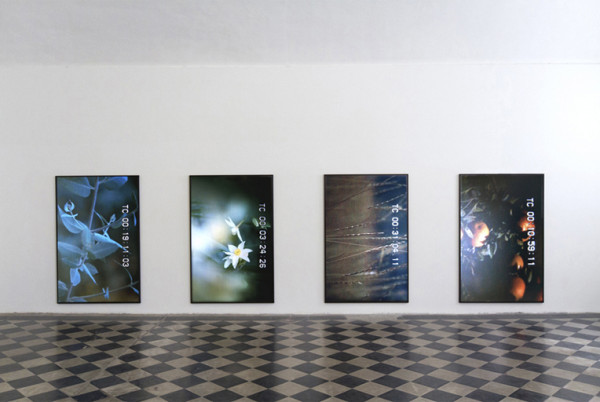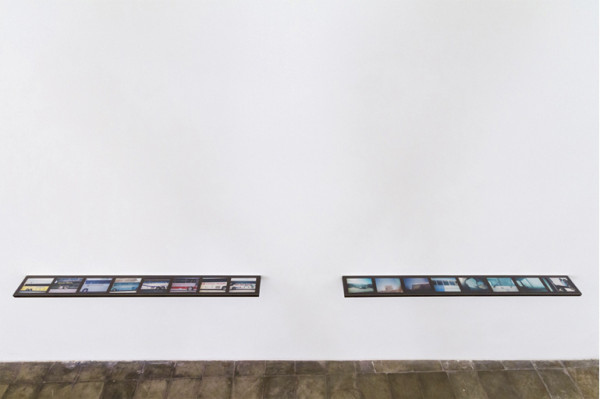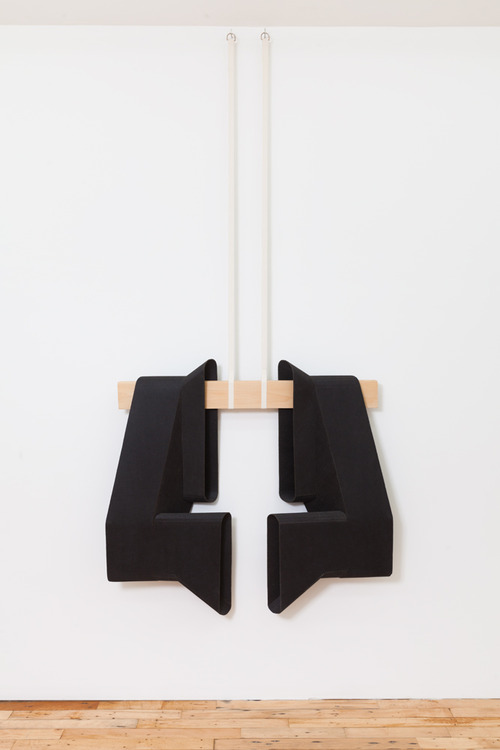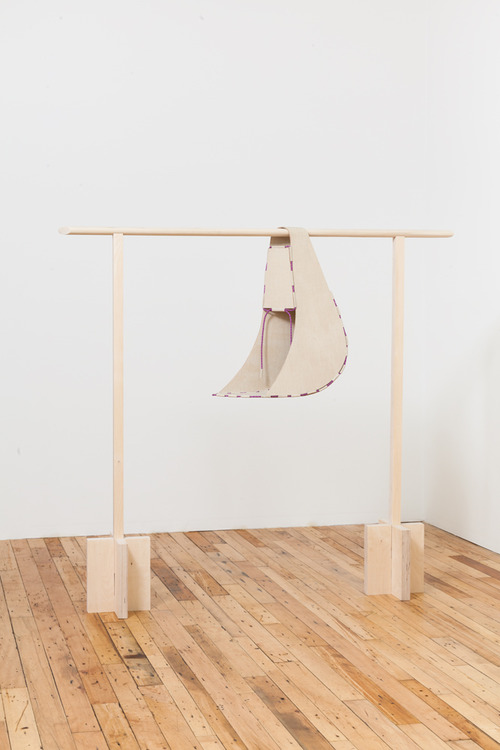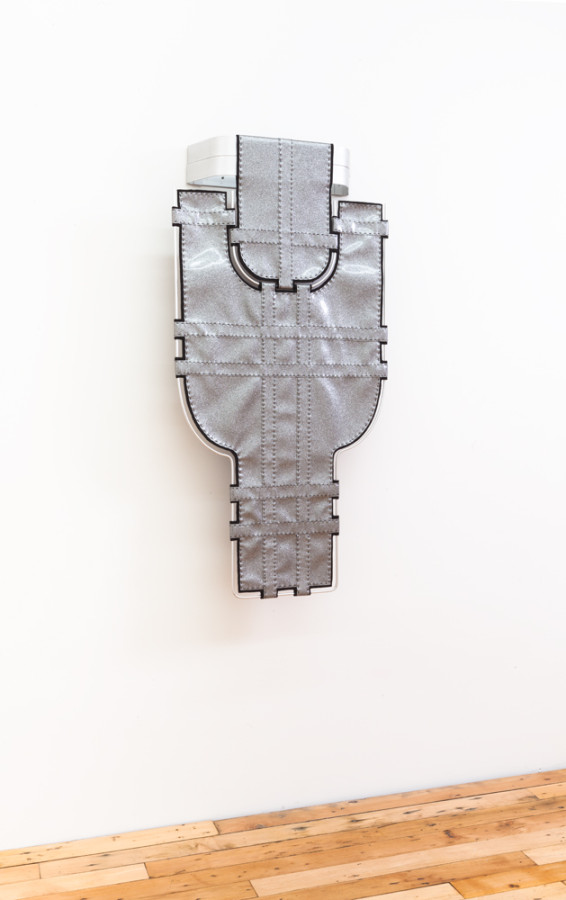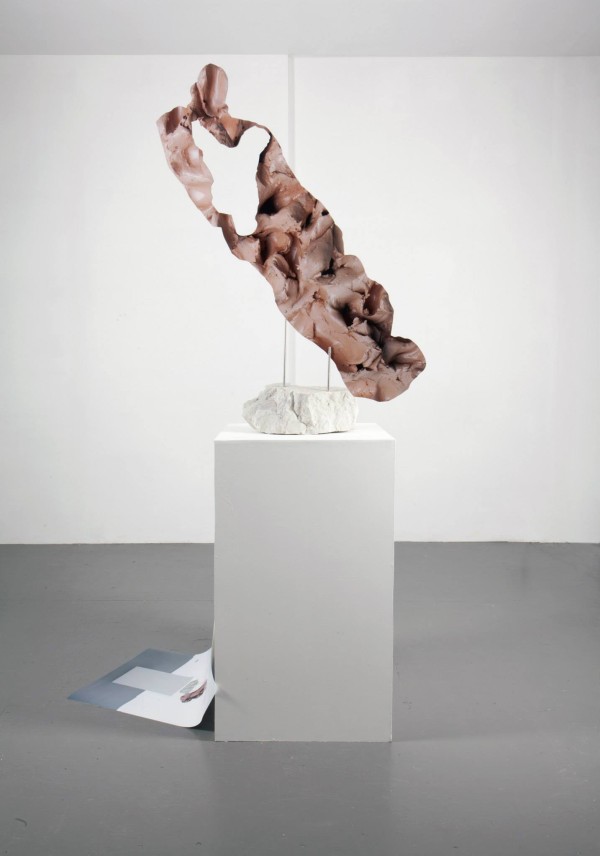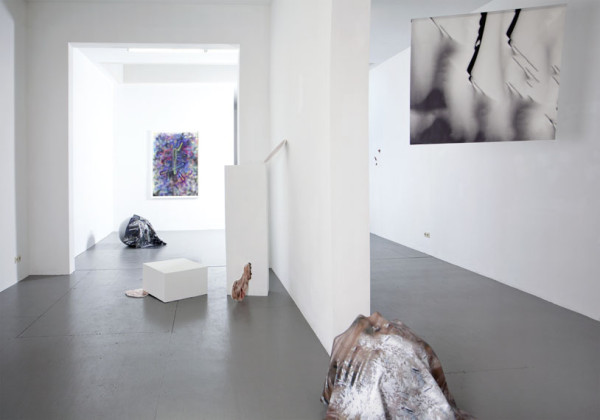Work from Jeune Fille Minimale
“The project is based around the relationship between an eco-Housewife and the waste produced in her daily life. The character in my story is called Jeune Fille Minimale, and is obsessed with using industrial environmental strategies to run her household. The project was inspired by an Internet community of housewives who have adopted the industrial strategy of Zero Waste, ranking their consumption of household goods so as to reduce the amount of waste they produce. The project tells an ecological story, in a way that aims to be as close as possible to reality. Here there is no “green” aesthetic. Instead, I try to place myself in a sort of “dark ecology, “ as theorised by the writer Timothy Morton. “The form of dark ecology is that of a noir film. The noir narrator begins investigating a supposedly external situation, from a supposedly neutral point of view, only to discover that she or he is implicated in it. The point of view of the narrator becomes stained with desire. ( … ) The ecological thought includes negativity, irony, ugliness and horror.” Timothy Morton, The Ecological Thought. The experience of the housewife transports her onto a larger scale than that of her household and her possessions. This sensation is very disturbing, not because this world is exterior and strange to her, but because she realises that she, and her behavior, are integral parts of it. In fact, waste becomes the typical narrative figure of the stranger that is so common to romantic literature. This stranger then becomes even stranger, the more the housewife tries to understand its nature; the more she senses the extent of her own ecology, the more she is drawn to him.
[…]
While adopting the same characters, I decided to combine several narrative forms, thus providing myself with a tale on several levels. There is the main story, which is fictional. But this fiction becomes almost documentary, because it includes references to the web community of housewives, which was the initial inspiration for the story. I have copied down notes and comments directly from the forum discussions of the housewives. The Minimale Jeune Fille thus reports the stories of these housewives. I also chose to include myself in this story, giving it an autobiographical aspect. I’ve followed all the housewives’ advices to reduce my own waste. I used any plastic waste that I could not reduce in the production of my own work. I became the eco-Housewife.
[…]
In a sense, I’d like my story of dark ecology to speak about the transmission of knowledge. Knowledge and tacit memory are, in part, built up by the transmission of stories. I think that one of the strengths of narratives consist in their ability to modify human behaviours”
